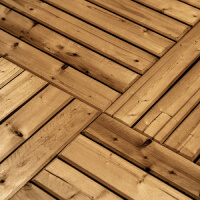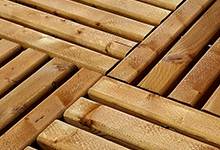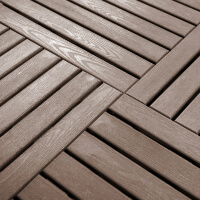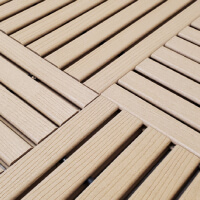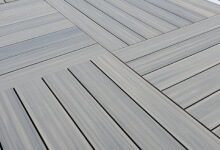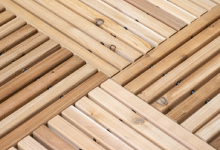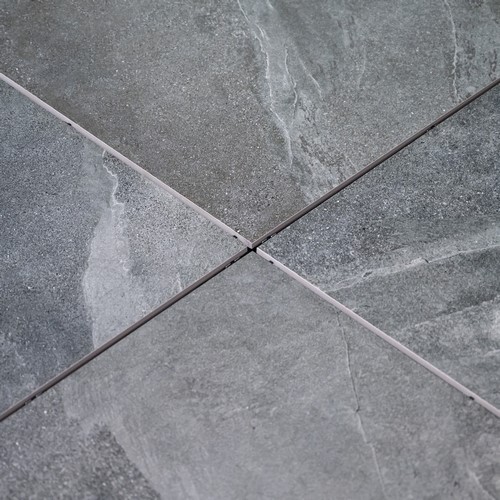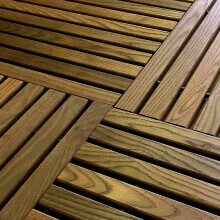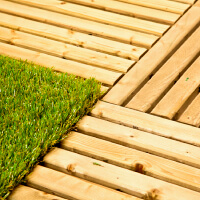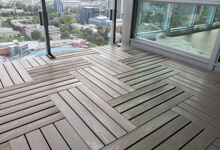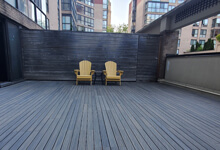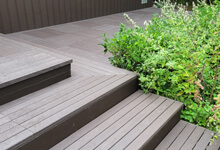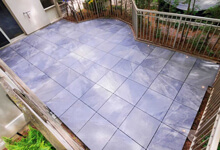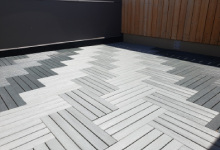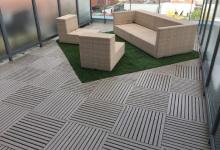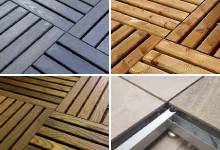Would you like to browse our deck tile products and accessories?

- By: Designer Deck
- Tags: Are Your Deck Tiles Easily Removed, Deck Tiles
- Category: Blog
- 0 comment
Deck tiles are a popular choice for outdoor flooring, offering a convenient solution for transforming any outdoor space. Whether you want to spruce up a tired-looking patio or create a stylish deck area in your backyard, deck tiles provide a quick and easy installation process without the need for specialized tools or professional assistance. However, while the ease of installation is a significant advantage, it’s essential to consider whether your deck tiles are easily removable. In this guide, we’ll delve into the significance of removability and offer valuable insights into the maintenance, repair, and replacement of your deck tiles.
What are Deck Tiles?
Before diving into the topic of removability, let’s briefly discuss what deck tiles are. Deck tiles are interlocking or floating tiles designed to be laid on top of various surfaces, including concrete, wood, styrofoam, torch down weatherproofing, crushed/compacted limestone or gravel, or existing decking structures. They come in a wide range of materials, including wood, composite, porcelain, grass and plastic, offering versatility in design and functionality. The main attraction of deck tiles is their effortless installation process and their capability to swiftly rejuvenate outdoor areas.
Importance of Deck Tiles Removability
Understanding the removability of deck tiles is crucial for several reasons:
- Maintenance: Regularly cleaning and inspecting the surface beneath your deck tiles is crucial for extending their lifespan and maintaining a secure outdoor area. This includes ensuring debris build-up both on top and underneath the flooring does not interfere with water and air flow. In doing so, this can cause issues at a later date such as mold and mildew which can adversely affect the product if left unattended.
- Repair: In the event of damage to the substructure or individual tiles, easy removal facilitates prompt repairs, preventing further deterioration.
- Replacement: Whether you want to update the look of your deck or replace damaged tiles, easy removability simplifies the process and reduces downtime.
Factors Affecting Removability
Several factors influence how easily deck tiles can be removed:
- Interlocking Mechanism: Some deck tiles feature a simple snap-together design. This may require additional effort to disconnect the interlocking tabs and re-install them.
- Floating Options: Some deck tiles are designed to be friction fitted like a jig-saw puzzle. They simply line up next to one another and are firmly snug against one another to prevent movement. This offers much easier accessibility.
- Material: The type of material used in the deck tiles can impact their flexibility and rigidity, affecting how easily they can be removed.
- Installation Method: Tiles installed using adhesive or fasteners may be more challenging to remove compared to those laid without additional bonding agents.
Types of Deck Tiles
Understanding the different types of deck tiles can help you assess their removability:
- Snap-Together Tiles: These tiles are typically the easiest to remove since they can be disassembled by hand without the need for tools.
- Adhesive-Backed Tiles: Tiles installed with adhesive may require more effort and tools for removal, especially if a strong adhesive is used. Opting for a removable adhesive can make removal easier.
- Screw-Down Tiles: Tiles secured with screws can be removed by unscrewing them from the substructure, making them relatively easy to replace or repair.
- Floating Tiles: Tiles are friction fitted like a jig-saw puzzle to ensure a firm and stable foundation that can effortlessly be removed in if need be.
Tips for Easy Removal

Here are some tips to ensure that your deck tiles are easily removable:
- Choose Snap-Together Tiles: If overall movement is a priority, opt for deck tiles with a simple snap-together design.
- Select Removable Adhesives: If using adhesive-backed tiles, choose a removable adhesive to facilitate easy removal without damaging the underlying surface.
- Avoid Over-Tightening Screws: When installing screw-down tiles, avoid over-tightening the screws to make future removal easier.
- Floating Tile: Choose this style if you wish to have the benefits of both snap and easy removal for both maintenance and possible repairs down the line.
Maintenance and Cleaning Guidelines
Ensuring proper maintenance and cleaning is imperative for extending the longevity of your deck tiles.
- Regular Cleaning: Regularly sweep or use a hose to clean the deck tiles, ensuring the removal of dirt, debris, and organic materials both on top and underneath.
- Stain Removal: Address stains promptly using mild detergent and water or specialized cleaning products suitable for the tile material.
- Sealing (if applicable): If your deck tiles are made of natural wood or porous materials, consider applying a sealant to protect them from moisture and UV damage.
Repairing Damaged Deck Tiles
In the event of damage to your deck tiles, prompt repairs are essential to prevent further deterioration:
- Inspecting for Damage: Frequently check your deck tiles for indications of wear, damage, or any loose connections.
- Replacing Individual Tiles: If a tile is damaged beyond repair, carefully remove it and replace it with a new one using appropriate installation methods.
Conclusion
Considering the removability of your deck tiles is crucial for effective maintenance, repair, and replacement. By comprehending the factors impacting removability and adhering to appropriate maintenance protocols, you can guarantee the beauty, functionality, and ease of maintenance of your outdoor space. Whether you’re planning routine cleaning, addressing minor repairs, or embarking on a full-scale renovation, investing in easily removable deck tiles will save you time, effort, and frustration in the long run. Take the time to assess your deck tile options carefully, and enjoy a hassle-free outdoor living experience for years to come. If you also want to gain deck tiles removal or installation services then you should definitely call Designer Deck.



